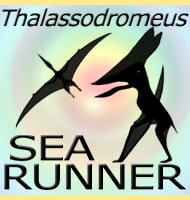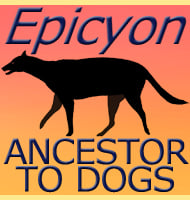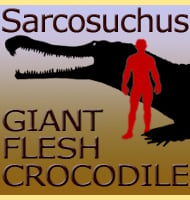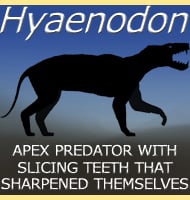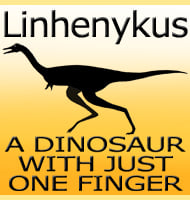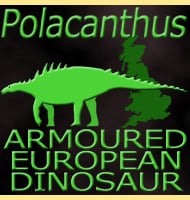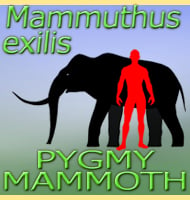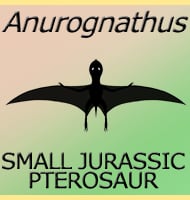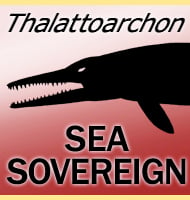In Depth
The remains for Bennettazhia were actually described back in 1928 by Charles W. Gilmore, although he actually assigned the fossils to Pteranodon under the new species name P. oregonensis. It was not until 1989 when S. Christopher Bennet found that the remains were not those of a Pteranodon but of an unknown azhdarchid pterosaur. Lev Nesov who named the first official azhdarchid, Azdarcho, created the new genus Bennettazhia in 1991.
Bennettazhia was a rare find in that the humerus was uncrushed, something that does not happen very often due to the lightweight construction of pterosaur bones. When subjected to a CAT-scan, the inner construction of the bone was revealed to spongy cancellous bone that inherently reinforced the bone from within. This means that rather than being completely solid, the bones had a network of support struts to increase the bones ability to cope with stresses imposed upon it by supporting the body weight and flight.
How pterosaurs got into the air has often been a subject of confusion and controversy. Modern interpretation has pterosaurs vaulting themselves into the air by pushing themselves off the ground with their wings. Many people have had problems accepting this launch method, especially for the large pterosaurs like Quetzalcoatlus. However the bone structure of Bennettazhia helps reinforce the theory on the grounds that pterosaur bones were potentially strong enough to cope with the stress.
Further Reading
– A new Pterosaurian reptile from the marine Cretaceous of Oregon. – Proceedings U. S. National Museum 73, art. 24, 1–5. – C. W. Gilmore – 1928. – Gigantskiye lyetayushchiye yashchyeryi semyeistva Azhdarchidae. I. Morfologiya, sistematika. – Vestnik Leningradskogo Universiteta, Seriya. 7; Geologiya, Geografiya (2), 14–23. – L. A. Nesov – 1991. – Structural characteristics of the humerus of Bennettazhia oregonensis and their implications for specimen diagnosis and azhdarchoid biomechanics, p. 16 – in: Flugsaurier: The Wellnhofer pterosaur meeting, Bavarian State Collection for Palaeontology, Munich. – Michael Habib – 2007.

